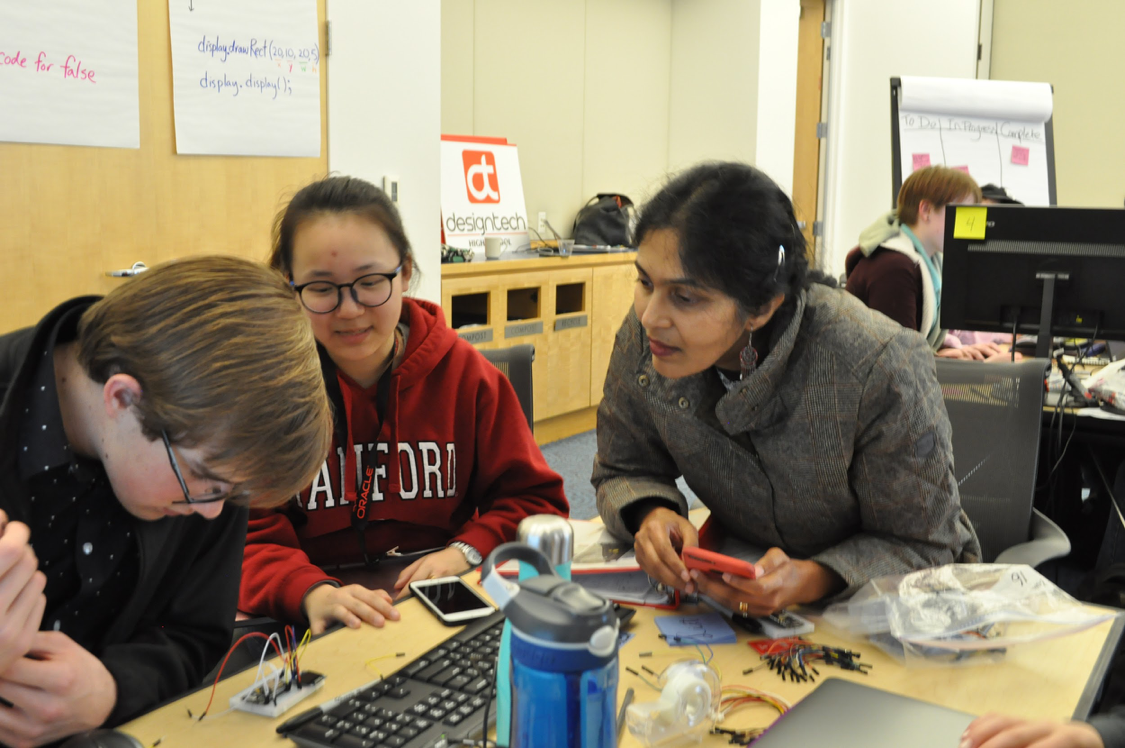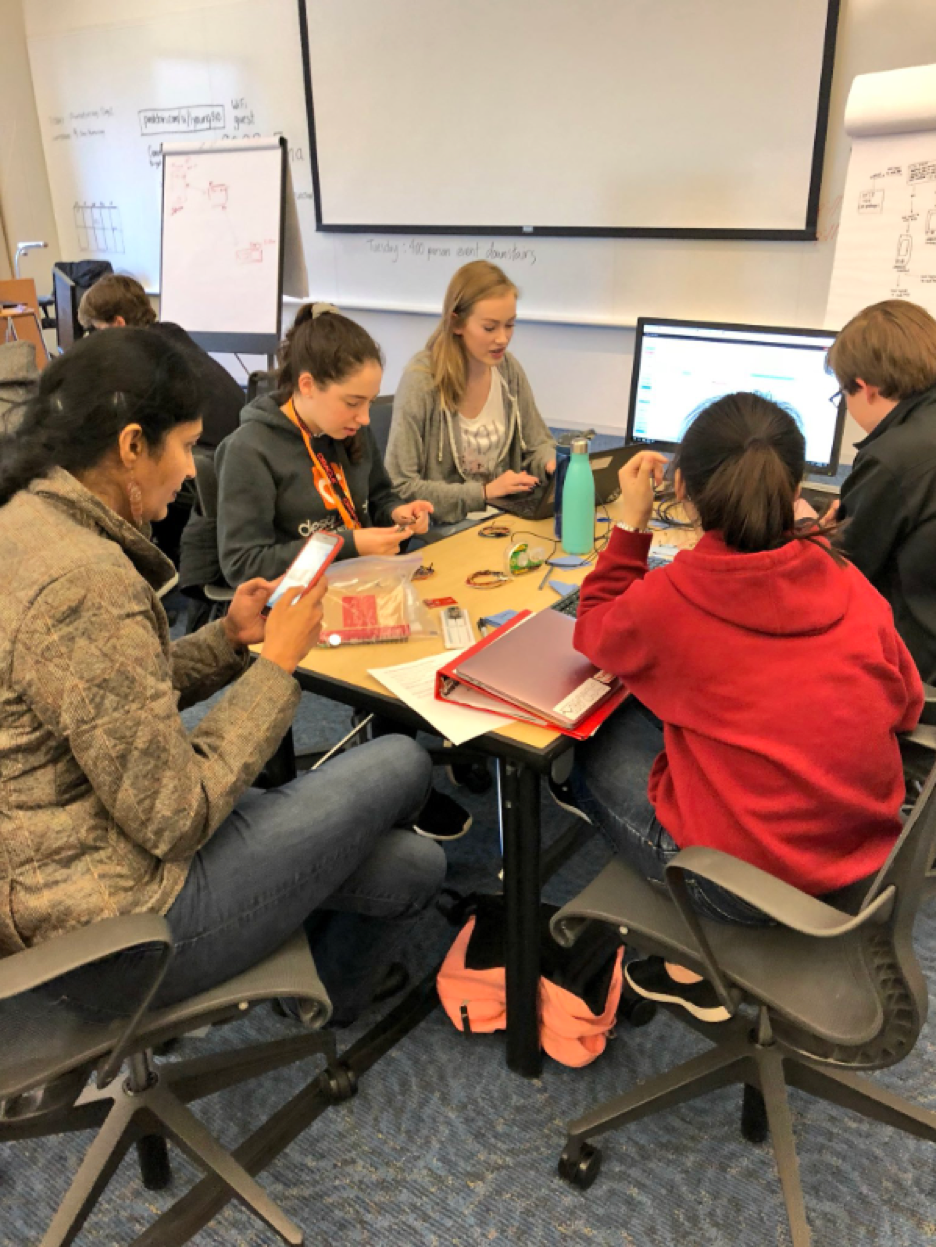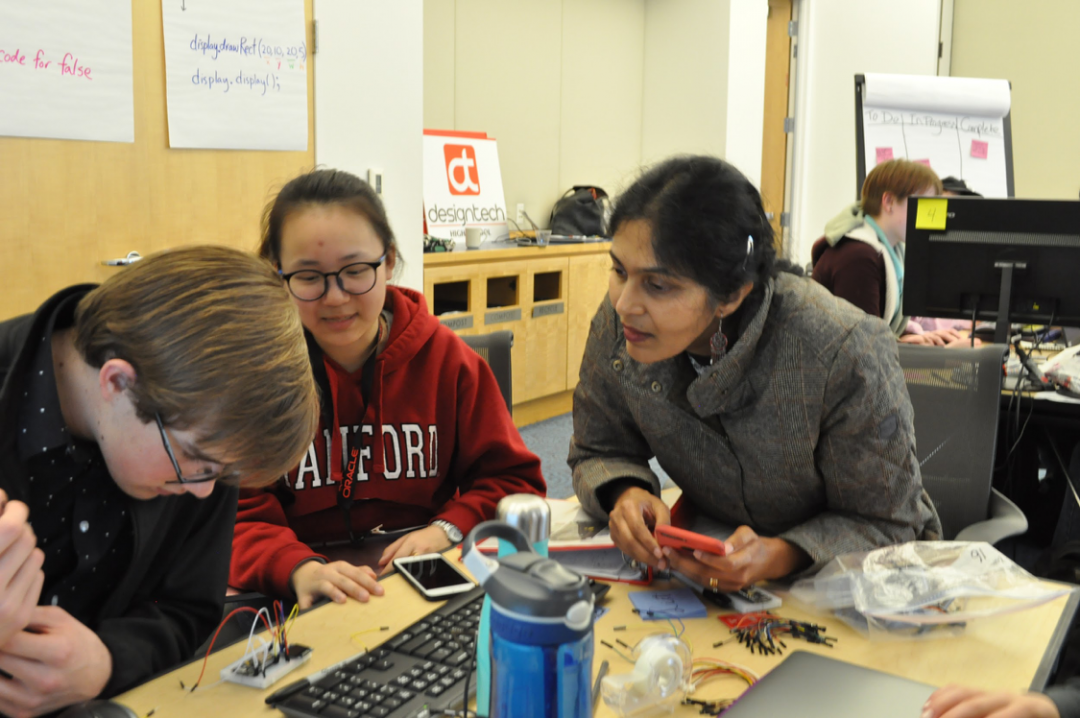Making Big Things Happen: Oracle Education Foundation
Blog: Oracle BPM
During the months of August and September, Oracle Volunteers worldwide Focus on Education by finding or creating volunteer opportunities with their favorite education-focused nonprofit or public school. One educational nonprofit that is near and dear to our hearts is Oracle Education Foundation.
Oracle Education Foundation is a nonprofit organization funded by Oracle and staffed by Oracle employees. Its mission is to help young people develop the technical acumen, creative confidence, empathy, and grit to become outstanding designers of solutions to people’s needs and the world’s problems. In the Foundation’s program, Oracle Volunteers coach students through multiday classes at the intersection of design thinking and STEAM disciplines—science, technology, engineering, art, and math.
We will be sharing a series of guest blog posts from some of these Oracle Volunteers. They will share their experiences, insights, and celebrations related to their time volunteering with Oracle Education Foundation. Our first guest post is written by Sonali Inamdar.
Sonali Inamdar is Group Engineering Manager for Adaptive Intelligent Apps for Human Capital Management. She has been at Oracle since 1998 and has led the development efforts for Oracle Fusion CRM Extensibility Framework, Oracle Fusion HCM Workforce Lifecycle Manager and Oracle Enterprise Manager Patch Automation in prior roles. She is passionate about introducing the wonders of programming and digital circuit design to middle and high school students.

By Sonali Inamdar
In the spring of 2018, I volunteered as a coach in Oracle Education Foundation’s Internet of Things class. I spent two weeks working with students from Design Tech High School at the Oracle Conference Center. All in all, what I encountered was an incredibly impactful program, highly engaged students, and impressive technical and design skills at play.
Each day started by reading student reflections from the previous day, in which students discussed what they learned, what they liked, and what they wanted to change, and a goal they had for that day. Then we would progress to the day’s agenda. The first few days covered an introduction to the stack: Arudino, Raspberry Pi, NodeRed, MQTT, ESP8266, and also tips for how to wire circuits with a breadboard. After that the students got into designing solutions for their specific use cases.
The user-centered design principles of Stanford’s d.school (design thinking) were clearly in action as the students began their projects by interviewing one of their teachers. They were looking for a real-world problem that they could solve in order to enrich the teacher’s quality of life. After the interviews, the students proceeded to define a need the teacher had, to brainstorm possible solutions, and then to actually prototype their favorite idea.

The group I worked with chose to build a task optimization system. The teacher they interviewed lived in remote and rural La Honda, California. Neither FedEx, UPS, nor the Postal Service would deliver there. So, his packages went to the post office, but it would often be closed by the time he got there. The solution the students built to address this problem included a notification system that would alert the teacher upon package arrival and propose an efficient route home to ensure that he could arrive at the post office in time. This project eventually became known as Commute-icator.
The final day of the class included a showcase of these student projects. Family members and friends of the students, as well as Oracle and d.tech staff, came to the Conference Center to see the students’ work. The rooms were abuzz with energy, the students clearly proud of the prototypes they had created over the course of these two weeks.
Throughout the process, the students were highly engaged and it was clear that Oracle Education Foundation is making a difference to our community. The quality of the program offering is excellent, and the Foundation team is always looking for additional volunteers, so I hope that after reading this post you will be encouraged to give it a try!
Check out this link for the Foundation’s post on the class in which I participated.

Leave a Comment
You must be logged in to post a comment.








